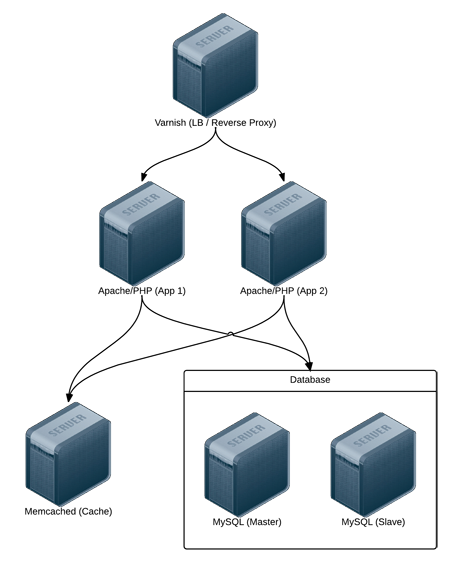One Drupal site I manage has seen MySQL data throughput numbers rising constantly for the past year or so, and the site's page generation times have become progressively slower. After profiling the code with XHProf and monitoring query times on a staging server using Devel's query log, I found that there were a few queries that were running on pretty much every page load, grabbing data from cache tables with 5-10 MB in certain rows.
The two main culprits were cache_views and cache_field. These two tables alone contained more than 16MB of data, which was queried on almost every page request. There's an issue on drupal.org (_field_info_collate_fields() memory usage) to address the poor performance of field info caching for sites with more than a few fields, but I haven't found anything about better views caching strategies.
Knowing that these two tables, along with the system cache table, were queried on almost every page request, I decided I needed a way to cache the data so MySQL didn't have to spend so much time passing the cached data back to Drupal. Can you guess, in the following graph, when I started caching these things?


